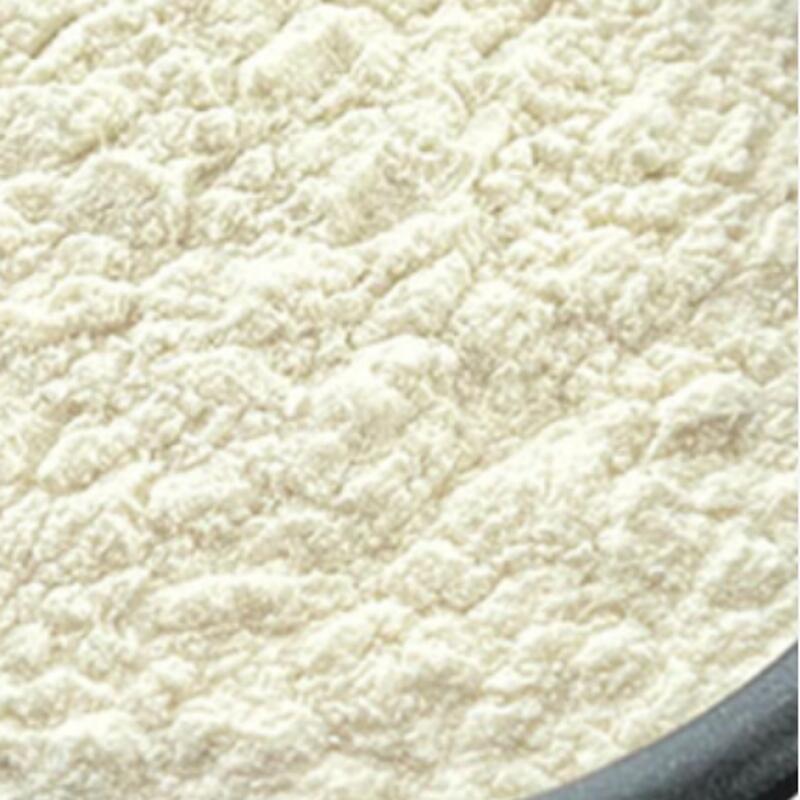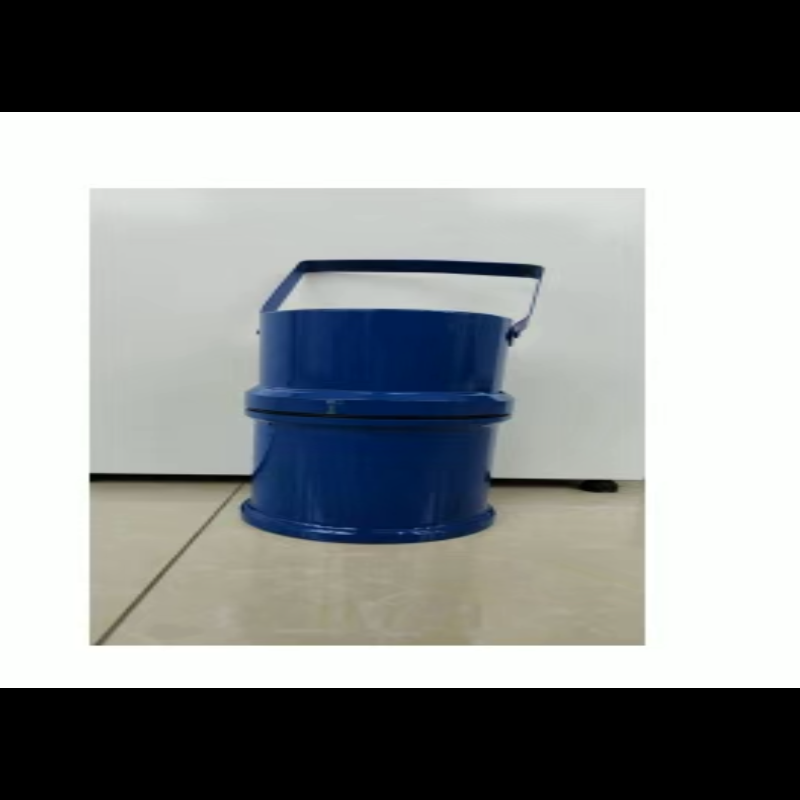-
Categories
-
Pharmaceutical Intermediates
-
Active Pharmaceutical Ingredients
-
Food Additives
- Industrial Coatings
- Agrochemicals
- Dyes and Pigments
- Surfactant
- Flavors and Fragrances
- Chemical Reagents
- Catalyst and Auxiliary
- Natural Products
- Inorganic Chemistry
-
Organic Chemistry
-
Biochemical Engineering
- Analytical Chemistry
-
Cosmetic Ingredient
- Water Treatment Chemical
-
Pharmaceutical Intermediates
Promotion
ECHEMI Mall
Wholesale
Weekly Price
Exhibition
News
-
Trade Service
When the sun is shining, every glass window in the house becomes a generator, which can power the air conditioner in the hot summer or the water heater in the room in the cold winter
.
After the invention of quantum dot luminescent solar concentrator technology, capturing sunlight with glass windows and converting it into usable power will no longer be whimsical
.
This emerging solar conversion device, the luminescent solar concentrator (LSC), can turn almost transparent glass windows into generators to provide people with electricity
.
"This emerging technology is to disperse a part of the transmitted light on the glass window, absorb it by nanoparticles (semiconductor quantum dots), and then re-emit infrared wavelengths invisible to the naked eye, which are then conducted to the solar cells on the window frame
.
" Victor Klimov, principal researcher at Los Alamos National Laboratory, said
.
LSC simulation
Klimov's Alamos National Laboratory, part of the U.
S.
Department of Energy, was founded in 1943, where the world's first atomic and hydrogen bombs were born
.
Together with researchers from the University of Milano Bicocca in Italy, the laboratory published the article "Efficient large-area colorless luminescent solar concentrator using heavy metal colloidal quantum dots" in the latest issue of Nature Nanotechnology, which describes the latest research results
of this technology.
Sergio Brovini, the principal researcher of the Italian research team, said that this quantum dot solar energy technology can be industrialized in the short and medium term, not only can transform the roof into a solar generator, but also change the overall architectural style
of the city.
"This is especially important in densely populated urban areas, where rooftops alone are not enough to collect enough energy inside and outside buildings," says
Brovign.
The research team estimates that the technology, if applied to the 72,000-square-meter glass façade of the World Trade Center in New York, divided into 12,000 windows, could generate the equivalent of electricity
needed for more than 350 apartments.
In addition, Brovigny said that this technology is also one of
the driving forces to promote the city's environmental goal of zero energy consumption.
Quantum dot luminescent solar concentrators also have an energy-saving effect, and their filtering effect reduces indoor temperatures, which also means that the operating time
of air conditioners can be reduced.
This new technology was only "on paper"
in April last year.
At that time, the collaborative research team theoretically concluded that because the luminescent solar concentrator is made of toxic heavy metal cadmium, which can only absorb a small part of solar energy, the efficiency of the device capturing light is not high, and the device will leave dark yellow or red traces, so the composite quantum dot device is not currently suitable for realistic scenes with aesthetic requirements
.
12Next View full article
When the sun is shining, every glass window in the house becomes a generator, which can power the air conditioner in the hot summer or the water heater in the room in the cold winter
.
After the invention of quantum dot luminescent solar concentrator technology, capturing sunlight with glass windows and converting it into usable power will no longer be whimsical
.
This emerging solar conversion device, the luminescent solar concentrator (LSC), can turn almost transparent glass windows into generators to provide people with electricity
.
"This emerging technology is to disperse a part of the transmitted light on the glass window, absorb it by nanoparticles (semiconductor quantum dots), and then re-emit infrared wavelengths invisible to the naked eye, which are then conducted to the solar cells on the window frame
.
" Victor Klimov, principal researcher at Los Alamos National Laboratory, said
.
LSC simulation
Klimov's Alamos National Laboratory, part of the U.
S.
Department of Energy, was founded in 1943, where the world's first atomic and hydrogen bombs were born
.
Together with researchers from the University of Milano Bicocca in Italy, the laboratory published the article "Efficient large-area colorless luminescent solar concentrator using heavy metal colloidal quantum dots" in the latest issue of Nature Nanotechnology, which describes the latest research results
of this technology.
Sergio Brovini, the principal researcher of the Italian research team, said that this quantum dot solar energy technology can be industrialized in the short and medium term, not only can transform the roof into a solar generator, but also change the overall architectural style
of the city.
"This is especially important in densely populated urban areas, where rooftops alone are not enough to collect enough energy inside and outside buildings," says
Brovign.
The research team estimates that the technology, if applied to the 72,000-square-meter glass façade of the World Trade Center in New York, divided into 12,000 windows, could generate the equivalent of electricity
needed for more than 350 apartments.
In addition, Brovigny said that this technology is also one of
the driving forces to promote the city's environmental goal of zero energy consumption.
Quantum dot luminescent solar concentrators also have an energy-saving effect, and their filtering effect reduces indoor temperatures, which also means that the operating time
of air conditioners can be reduced.
This new technology was only "on paper"
in April last year.
At that time, the collaborative research team theoretically concluded that because the luminescent solar concentrator is made of toxic heavy metal cadmium, which can only absorb a small part of solar energy, the efficiency of the device capturing light is not high, and the device will leave dark yellow or red traces, so the composite quantum dot device is not currently suitable for realistic scenes with aesthetic requirements
.
12Next View full article
12Next View full article






